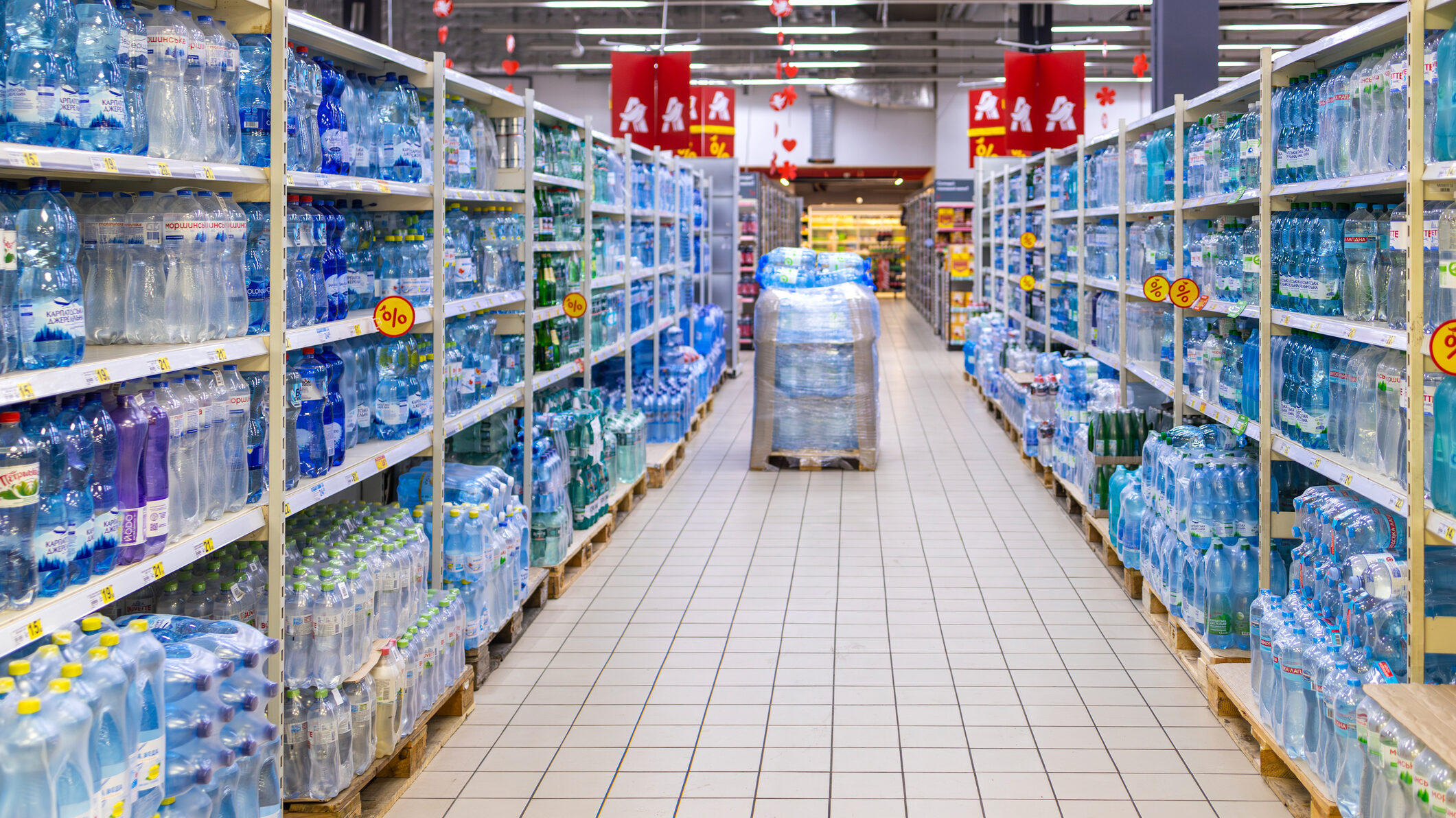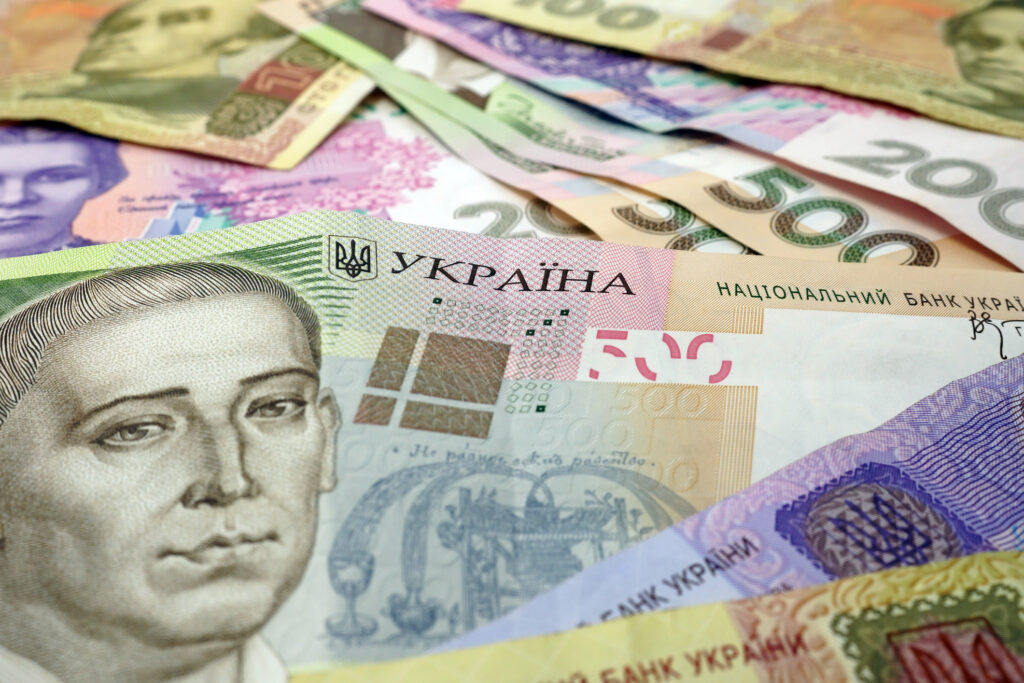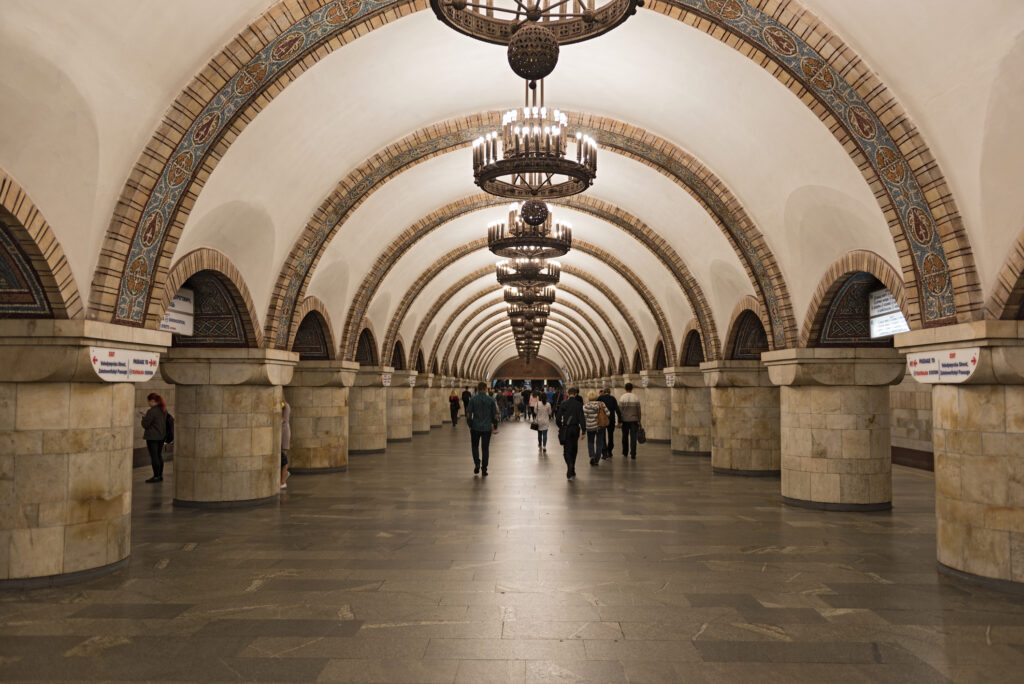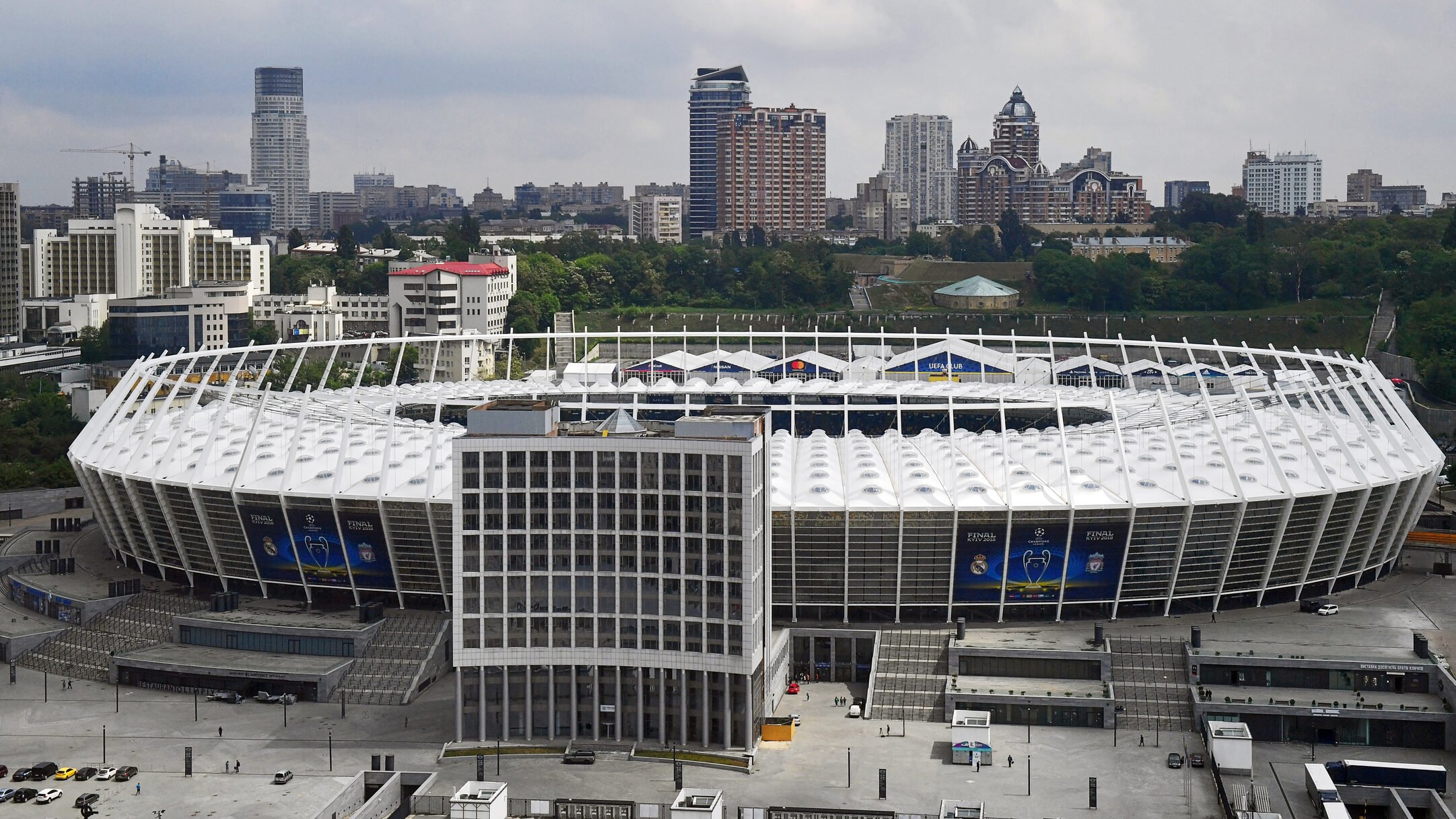
Bottled water is a staple for both locals and visitors in Ukraine, offering a range of options suited to varying tastes and health preferences. Here are the types that you’re likely to encounter in stores and supermarkets.
- Mineral Water
- Mineral water is highly popular in Ukraine, valued for its natural mineral and salt content. These waters, such as “Morshynska” and “Mirgorodska,” come from protected underground sources and are known for health benefits like aiding digestion. However, the high mineral content can give a salty taste that might not appeal to everyone. It’s a good idea to try a small bottle first to see if it suits your palate.
- Spring Water
- Sourced directly from natural springs, this type of water is minimally processed to maintain its purity and natural taste. “Polyana Kvasova” is one of the renowned brands offering the fresh taste of spring water, which is generally lighter compared to mineral water and may be more palatable for those who find mineral water too heavy or salty.
- Purified Water
- If you’re concerned about contaminants or prefer a neutral taste, purified water is an excellent choice. This water undergoes processes like reverse osmosis or distillation to remove impurities, offering a clean and crisp taste. Brands like “Akvafor” and “Bonaqua” are commonly available and provide high standards of safety and purity.
- Sparkling Water
- For those who enjoy a bubbly twist, sparkling water in Ukraine is available both naturally and artificially carbonated. Though it contains minerals, the added fizz can make it a delightful alternative to flat water. “Borjomi” is a famous brand known for its naturally carbonated mineral water, which also carries a distinct taste due to its mineral content.
- Flavored Water
- Flavored water is a fantastic option for those seeking variety. These waters are infused with flavors from fruits or herbs and are free from added sugars, offering a refreshing and healthy alternative to sugary drinks. They provide a taste experience without the added minerals of traditional bottled waters.
Selecting the right type of bottled water in Ukraine often depends on personal taste and specific health needs. If the unique taste of mineral water isn’t to your liking, spring water might offer a more neutral flavor profile. For those particularly sensitive to taste differences, purified water provides the most consistent and neutral option. Always consider trying a small amount first, especially when experimenting with mineral waters, to ensure the flavor meets your expectations.






